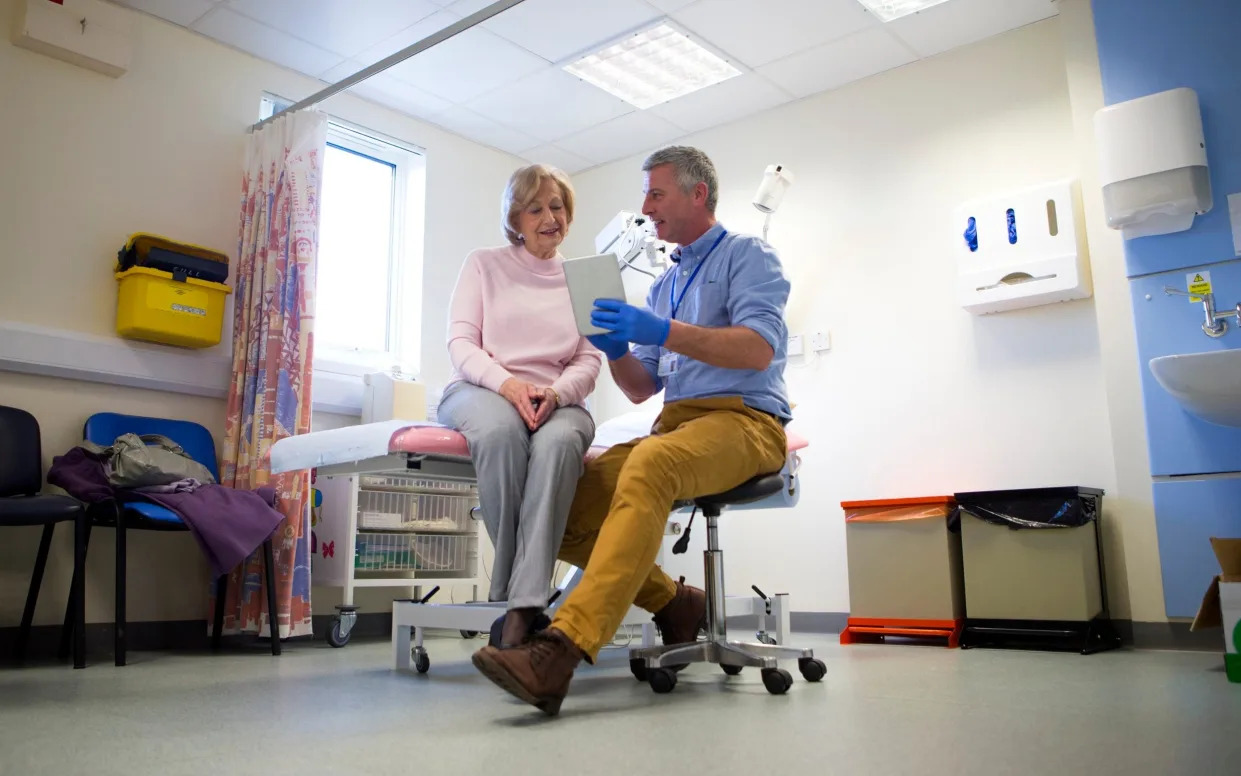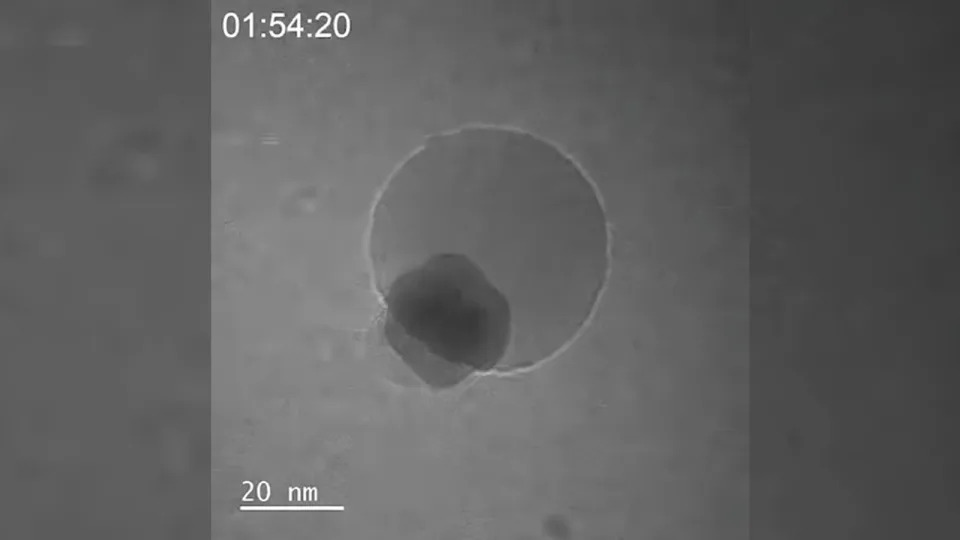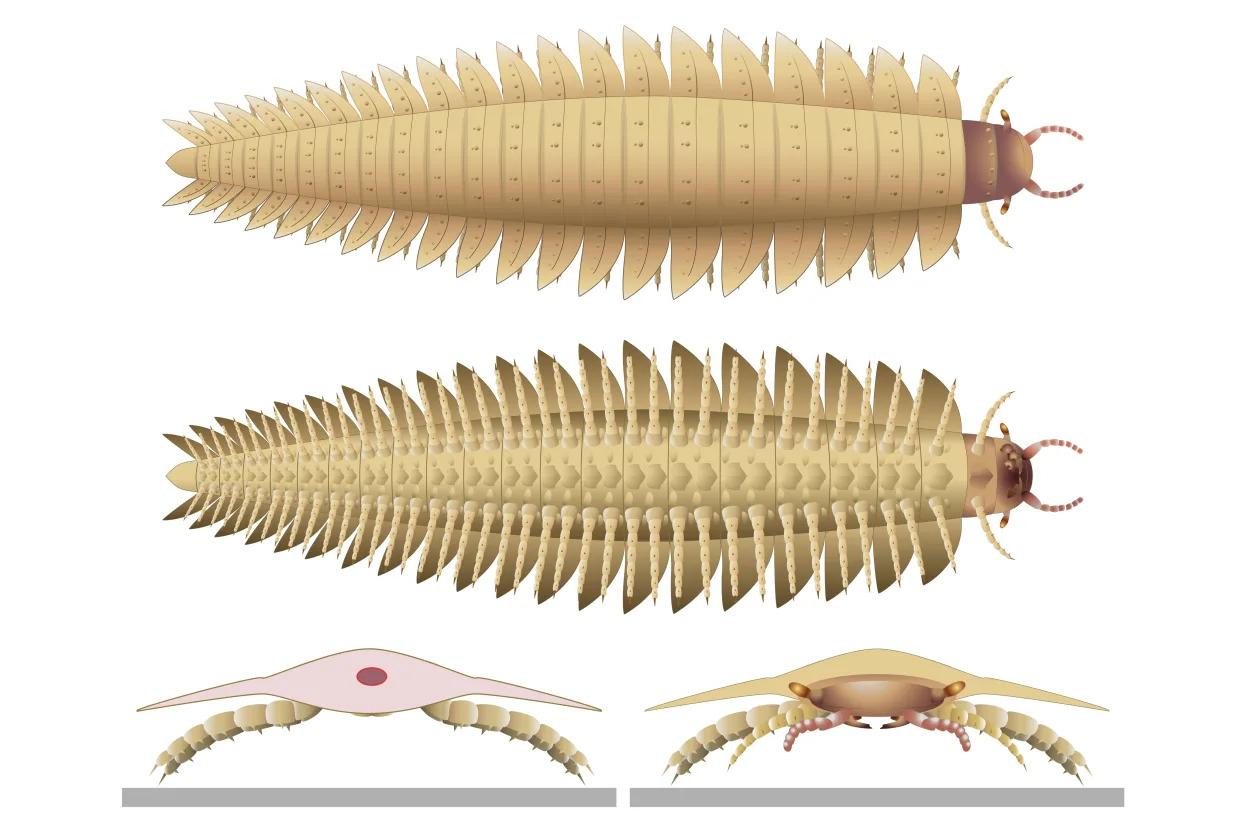Rhian Lubin and Josh Marcus
Thu 10 October 2024

Hurricane Milton rips off the roof of MLB’s Tropicana Field, home to the Tampa Bay Rays
Hurricane Milton has ripped the roof off the Tropicana Field Stadium, home to the Tampa Bay Rays, dramatic pictures and footage show, the latest sign of damage from a storm that’s killed an estimated 11 people since making landfall.
Winds of over 100 mph battered St. Petersburg, Florida, on Wednesday night as the baseball stadium’s roof, made of Teflon-coated fiberglass, was torn away.
Drone images show debris littered across the field, which was supposed to be a base for 10,000 responders supporting the clean-up effort after the storm passed. The cots and beds for the responders are visible in the pictures.
The stadium’s roof, supported by 180 miles of cables connected by struts, was built to withstand winds of up to 115 miles per hour, according to the team’s media guide.
Storm chaser and journalist Jonathan Petramala filmed the damage on a drone and told CNN the stadium “had no chance.”
Thu 10 October 2024

Hurricane Milton rips off the roof of MLB’s Tropicana Field, home to the Tampa Bay Rays
Hurricane Milton has ripped the roof off the Tropicana Field Stadium, home to the Tampa Bay Rays, dramatic pictures and footage show, the latest sign of damage from a storm that’s killed an estimated 11 people since making landfall.
Winds of over 100 mph battered St. Petersburg, Florida, on Wednesday night as the baseball stadium’s roof, made of Teflon-coated fiberglass, was torn away.
Drone images show debris littered across the field, which was supposed to be a base for 10,000 responders supporting the clean-up effort after the storm passed. The cots and beds for the responders are visible in the pictures.
The stadium’s roof, supported by 180 miles of cables connected by struts, was built to withstand winds of up to 115 miles per hour, according to the team’s media guide.
Storm chaser and journalist Jonathan Petramala filmed the damage on a drone and told CNN the stadium “had no chance.”

Dramatic images show damage to the stadium’s roof after Hurricane Milton struck (Tampa Bay Times/ZUMA Press Wire/)
“It’s surreal to see the roof shredded like that,” he said. “I was able to get my hands on a piece of that roof, it feels like thick vinyl. It had no chance against those winds of Hurricane Milton.”
No one was injured at the facility during the storm, according to the team.
“Our priority is supporting our community and our staff,” the Rays wrote in a statement on X on Thursday. “We are fortunate and grateful that no one was hurt by damage to our ballpark last night.”
Officials had originally planned to use the stadium as a 10,000-person recovery hub “to support ongoing debris operations and post-landfall responders,” but relocated resources to Jacksonville as Milton approached.
The damage comes just as the Rays finished the season at the Tropicana Field last month. Games cannot be played there without a roof due to the field’s lack of drainage system, the Tampa Bay Times reported.
After much back and forth, a new $1.3bn stadium for the team was scheduled to be built in St Petersburg but won’t be ready until 2028 at the earliest, according to Florida’s Business Observer. The team has been trying for almost 20 years to secure a deal for a “desperately needed” new ballpark in the Tampa Bay area, the outlet reported.
It’s unclear if the roof will be fixed by the time the team opens the 2025 season in March.

Debris litters the field of the Tropicana Field stadium (Tampa Bay Times/Zuma/Shutterstock)
The Rays stadium wasn’t the only landmark to sustain damage in the storm.
A construction crane came down in St. Petersburg, crashing through the offices of the Tampa Bay Times newspaper.
Milton made landfall as a Category 3 hurricane Wednesday night near Sarasota County’s Siesta Key, bringing multiple tornadoes, 28ft waves, strong winds, heavy rainfall, and devastating storm surge.
The landfall’s location, about 70 miles south of Tampa, spared the city from unprecedented damage officials warned it could face from a direct hit.
Florida governor Ron DeSantis said on Thursday that Tampa had avoided the “worst-case scenario,” where storm surge was predicted to overwhelm a city that hasn’t been in the eye of a hurricane in more than a century.
Still, an estimated 70 percent of customers with the city’s Tampa Electric utility remained without power as of Thursday afternoon.
The governor added that some areas received up to 18 inches of rain.
“We will better understand the extent of the damage as the day progresses,” DeSantis said. “We’ve got more to do, but we will absolutely get through this.”
Multiple deaths have already been confirmed after dozens of tornadoes spawned in St Lucie County, seeing a tornado strike Spanish Lakes Country Club retirement village in Fort Pierce, county Sheriff Keith Pearson said.
Federal Emergency Management Agency head Deanne Criswell said the worst damage so far came from the tornadoes and praised officials for ordering people to evacuate.
“The evacuation orders saved lives,” she told Reuters.
More than 3.2 million homes and businesses in Florida have been left powerless, with those in the west-central region the worst impacted.
On Thursday morning, officials with the Hillsborough County Sheriff’s Office rescued over 135 residents of the Great American Assisted Living Community in Tampa, a home for seniors.
“This is extraordinary to see this type of flooding, especially in this type of area,” Hillsborough County Sheriff Chad Chronister said in a social media video.
“To see this unprecedented flooding, I can only imagine how scary it was,” he added.
Barrier islands on the east coast of Florida took particular damage after Milton came in from the Gulf of Mexico.
On the island of Matlacha, while fire crews battled blazes overnight, residents will also be without water until at least Monday, according to local officials.
After landfall, Milton has weakened to a Category 1 hurricane and is moving off Florida’s east coast – with residents still battling against brutal winds and storm surge.
“I couldn’t touch the bottom, really,” one resident of Clearwater told The New York Times of her family’s escape through a flooded apartment complex. “I was floating. I think it’s the worst thing I’ve experienced in my life.”
The storm may be moving on, but the rescue and recovery effort is only beginning.
Since Milton made landfall, 106 individuals and 18 animals were rescued by the state’s Urban Search and Rescue Teams and the Florida National Guard, according to the Florida Division of Emergency Management.
The state has nearly 300 shelters open, supporting 80,000 residents displaced by the storm, according to the agency.
The state has partnered with Uber to give residents in evacuation zones free rides from shelters back to their homes.
More than 6,500 members of the Florida National Guard have been activated as part of the relief effort.
Hurricane Milton battered the state less than two weeks after the September 27 arrival of Hurricane Helene, which killed at least 20 people in Florida.
A political storm has accompanied the actual hurricanes, with Kamala Harris and Governor DeSantis each accusing the other of politicizing disaster response by claiming their counterpart is more focused on politics than cooperating.
Top Republicans including Donald Trump have latched onto false claims and conspiracy theories about the federal response to Helene, which local officials say is hampering relief efforts on the ground.
President Joe Biden said on Thursday it will take “several billion dollars” to rebuild after Milton.
“This is going to be a long haul for total rebuilding,” he said.























